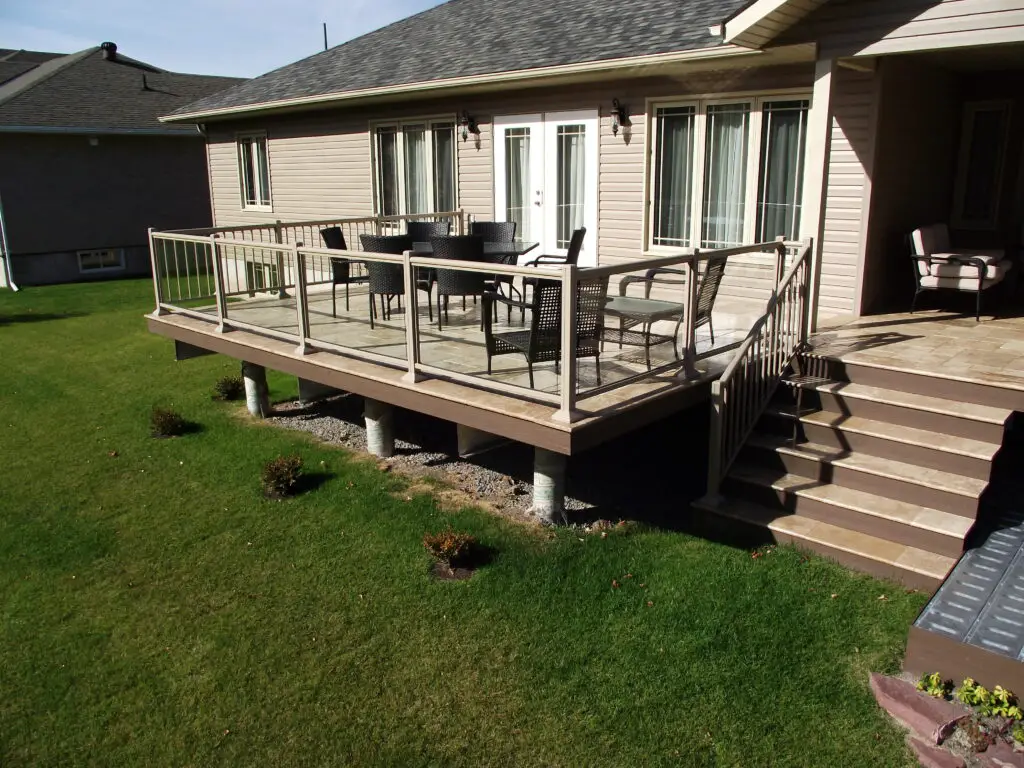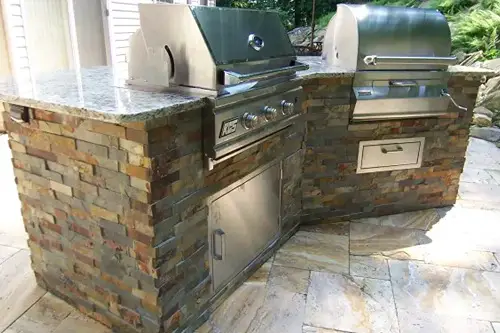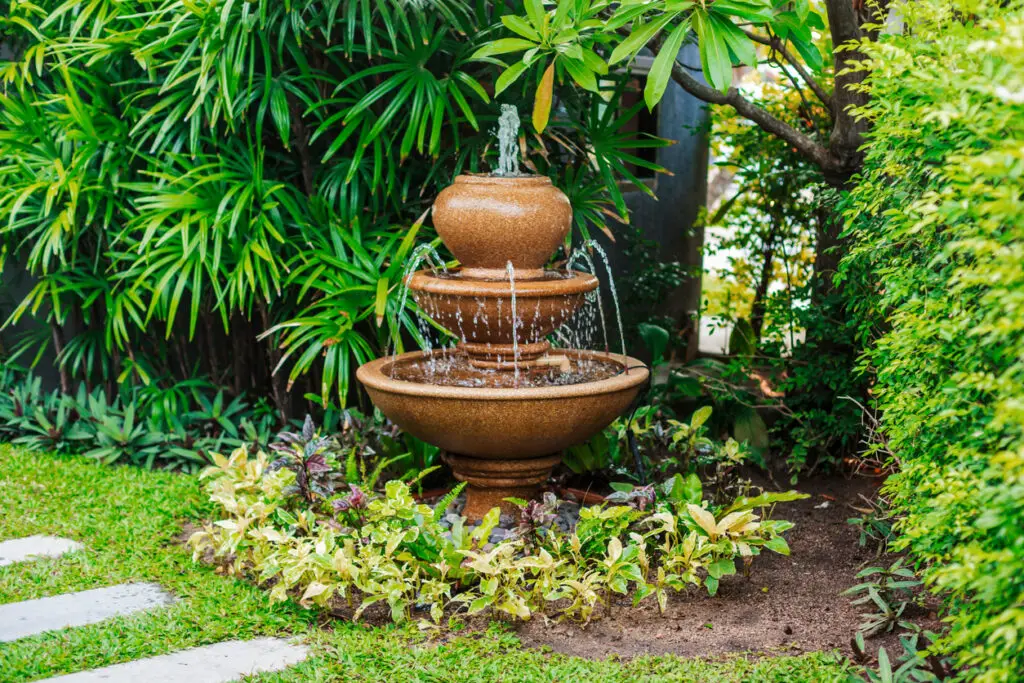1. Large, Built-In Animal Enclosures

Whether it’s a chicken coop, dog kennel, or bird aviary, large animal setups can turn off buyers who aren’t pet owners. Appraisers recognize that these structures can be costly to dismantle or repurpose. They can also be a source of odor or attract pests if not maintained perfectly. That’s a risk factor in their valuation.
Even if the enclosure is in good shape, its purpose narrows the property’s audience. Buyers who want a clean slate for the yard might see it as a negative. In rural areas, these features might be more accepted, but in suburban or urban settings, they’re often a downgrade. That’s why appraisers approach them cautiously.
2. Overgrown Landscaping

An unruly yard might feel like a “secret garden” to you, but to an appraiser, it often screams “high maintenance.” When shrubs are overgrown, weeds take over, or tree roots threaten the foundation, it raises red flags. They’ll consider how much it would cost the next owner to tame it all. That extra work can translate into a lower valuation.
Appraisers don’t just look at square footage—they’re thinking about curb appeal and long-term upkeep. Poor landscaping can suggest other hidden neglect around the property. In some cases, invasive plants or encroaching tree roots can even damage sidewalks, plumbing, or septic systems. Those risks aren’t free to fix, and that will show up in their numbers.
3. Above-Ground Pools

Above-ground pools can seem like a fun backyard feature, especially in summer. But to appraisers, they often count as a temporary, personal-use item rather than a value booster. They can also be seen as a safety hazard, especially if they’re not fenced in. That means they’re more likely to lower your home’s appeal to a broad audience.
Maintenance is another concern—water treatment, liner replacements, and seasonal upkeep all add costs. Many buyers see above-ground pools as something they’ll remove, not enjoy. In cold climates, they’re usable for only a small part of the year, making them less practical. All of that adds up to a tick downward in your home’s estimated worth.
4. Unpermitted Sheds or Structures

Adding a shed, gazebo, or detached garage without the right permits might seem harmless. But appraisers have to account for legal compliance, and unpermitted structures are a liability. They can trigger costly retroactive inspections or even removal orders from the city. That uncertainty can cause them to lower your property’s valuation.
Buyers and lenders want assurance that every part of the property meets local building codes. If it doesn’t, the cost of bringing it up to code might fall on the buyer, which makes your home less attractive. Sometimes, the presence of an unpermitted building can even slow or halt a sale. Appraisers anticipate that friction in their numbers.
5. Outdated Playsets

A big wooden playset might have been a selling point when your kids were little. But if it’s weathered, splintering, or missing parts, it becomes a safety concern rather than a bonus. Appraisers know that replacing or removing it can be expensive. That cost gets factored into the home’s overall condition rating.
Beyond safety, old play equipment can take up valuable yard space. If it dominates the lawn, buyers may see it as a project to dismantle rather than a feature to keep. Some older models aren’t up to modern safety standards, which increases liability worries. That’s why appraisers can mark down your property’s appeal.
6. DIY Decks in Poor Condition

A deck can be a major asset—if it’s safe and well-built. But a DIY job with loose railings, uneven boards, or poor drainage tells appraisers there could be hidden issues. Wood rot, termite damage, or code violations might be lurking. Those risks all eat into the property’s perceived value.
Deck repairs can be costly, especially if the entire structure needs replacing. If a deck was built without permits, that’s another headache for potential buyers. Appraisers factor in the likelihood of repairs or removals when calculating value. A deck should add charm, not a to-do list.
7. Chain-Link Fencing in Front Yards

Chain-link fencing is functional, but it’s not exactly the gold standard for curb appeal. Appraisers know it can make a home feel more industrial or less inviting. In many neighborhoods, buyers prefer wood, vinyl, or ornamental fencing instead. That aesthetic mismatch can shave points off the value.
Some municipalities even discourage chain-link in front yards, especially in residential zones focused on visual appeal. If replacing it is likely, that’s a cost appraisers will keep in mind. In higher-end neighborhoods, it can especially clash with the surrounding homes. That’s why it’s often a mark against you during an appraisal.
8. Permanent Sports Courts

Basketball or tennis courts might sound like a luxury, but in residential settings, they’re often seen as niche features. Appraisers know they appeal to a smaller pool of buyers. They also take up a large footprint that could otherwise be used for gardens, patios, or open space. That lack of versatility can limit your home’s value.
Maintenance and resurfacing aren’t cheap, and those costs can be a deterrent. In some cases, drainage or foundation issues under the court can also develop over time. Removing a court is an expensive and labor-intensive process. Appraisers consider both the ongoing costs and the reduced buyer interest.
9. Outdoor Kitchens in Poor Condition

A sleek, modern outdoor kitchen can impress. But if the grill is rusting, the countertops are cracked, or the plumbing doesn’t work, it becomes a liability. Appraisers know repair costs can run high, especially for built-in appliances. That’s why they may view a worn outdoor kitchen as a negative rather than a plus.
The more complex the installation, the more expensive it is to fix. Buyers may not share your love for outdoor cooking, making them less willing to invest in repairs. In cold climates, outdoor kitchens may also have limited use, adding to the cost-benefit mismatch. Appraisers factor in both condition and buyer appeal.
10. Out-of-Scale Water Features

A small pond or fountain can add charm, but oversized water features can be a headache. They require constant maintenance, consume electricity, and sometimes attract insects or algae. Appraisers know these are ongoing costs that not all buyers are willing to shoulder. That makes them less of a value booster.
Leaks or pump issues can be expensive to fix, and liability concerns can arise with deeper ponds. In drought-prone areas, large water features can also conflict with water restrictions. They can even hurt your environmental appeal. Appraisers weigh all of these drawbacks before assigning value.
11. Overbuilt Outdoor Bars

A backyard bar might be perfect for your weekend parties, but not every buyer is a mixologist. If it’s large and permanent, it can dominate the outdoor space in a way that’s hard to repurpose. Appraisers know that limits flexibility for new owners. That can bring the property’s value down.
Outdoor bars also require upkeep—weatherproofing, cleaning, and sometimes electrical repairs. If they’re not in perfect condition, the cost of restoring them can be steep. In some neighborhoods, they may even feel out of place. Appraisers consider the potential for buyer mismatch when evaluating them.
12. Neglected Outdoor Lighting Systems

Outdoor lighting can enhance safety and ambiance—if it’s working properly. But outdated wiring, broken fixtures, or excessive energy use can turn it into a liability. Appraisers consider the repair or replacement costs in their calculations. Faulty systems can even pose a fire hazard, which is a major red flag.
Energy efficiency is also a factor. Halogen or incandescent systems can be expensive to run compared to modern LED setups. Poorly placed lighting can create glare or bother neighbors, making it less desirable. Appraisers weigh the system’s condition against the potential benefits when deciding its impact.
This post 12 Outdoor Additions That Make Home Appraisers Lower Their Value was first published on Greenhouse Black.
